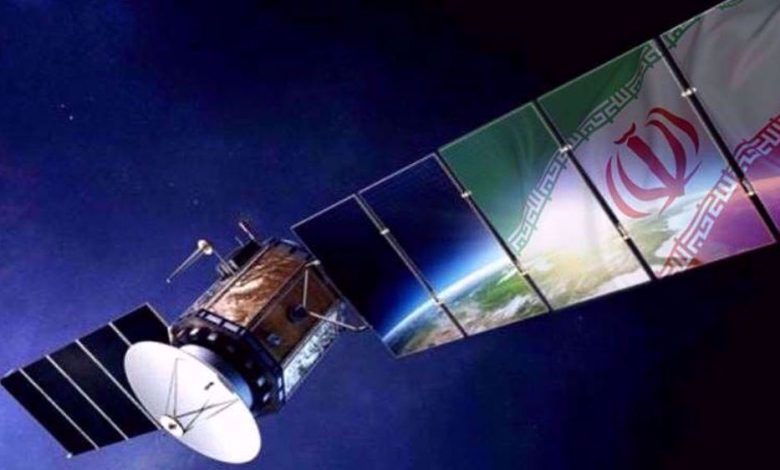Iran poised to showcase 3 domestically-developed satellites focused on remote-sensing and communications capabilities
The Islamic Republic of Iran is set to unveil three homegrown satellites dedicated to remote-sensing and communications. This move highlights the nation's significant advancements in space technology in recent years.

In observance of National Space Technology Day, an official ceremony set for Sunday will showcase the enhanced versions of the Pars-1 and Pars-2 remote-sensing satellites, alongside the Navak communications satellite.
The event is scheduled to take place at the headquarters of the Iranian Ministry of Information and Communication Technology in Tehran, the nation’s capital.
In attendance will be Iran’s President Masoud Pezeshkian, Defense Minister Brigadier General Aziz Nasirzadeh, Information and Communication Technology Minister Sattar Hashemi, and Head of the Iranian Space Agency (ISA), Hossein Salariyeh.
The newly enhanced version of the Pars-1 satellite is reported to have achieved substantial advancements over its predecessor, according to recent sources.
The Pars-2 remote-sensing satellite boasts significantly enhanced imaging precision, offering a visual spectrum resolution of 8 meters for color images and 4 meters for monochrome images.
Additionally, the Navak communications satellite is designed to improve telecommunications capabilities at high altitudes.
The newly constructed satellite is designed to evaluate communication systems in an extended elliptical orbit, marking its inaugural deployment into such an orbit.
An exhibition showcasing the accomplishments of Iranian researchers in aerospace technology is anticipated to be featured alongside the unveiling ceremony.
In a recent statement, Salariyeh announced that Iran is accelerating its space program, currently constructing 25 satellites. The country aims to conduct two satellite launches by the conclusion of the Iranian calendar year, which falls on March 20.
He announced that a total of eight domestically-produced satellites have been completed and are prepared for launch.
Iran has made significant advancements in its civilian space program, despite facing sanctions from Western nations in recent years.
The nation has secured its position as one of the top ten countries globally with the capability to develop and launch satellites.
On September 27, 2024, Iran’s Islamic Revolution Guards Corps (IRGC) Aerospace Force announced the successful launch of its domestically developed imaging satellite, Nour-3, which has been deployed into orbit.
The Nour-3 satellite, or Light-3, was successfully deployed into orbit by the Qased carrier, achieving a position approximately 450 kilometers (280 miles) above Earth’s surface.
Earlier this year, Iran achieved a significant milestone by launching the domestically-developed Mahda research satellite into space, accompanied by two research payloads. The launch was executed using the nation’s own Simorgh (Phoenix) satellite launch vehicle (SLV), underscoring Iran’s advancements in indigenous space technology.
Mahda, weighing in at 32 kilograms, is primarily designed to assess satellite-related subsystems, ensure the operational functionality of the Simorgh Space Launch Vehicle (SLV) in deploying space payloads, and examine the efficacy of novel designs alongside the dependability of domestic technologies in a space environment.







